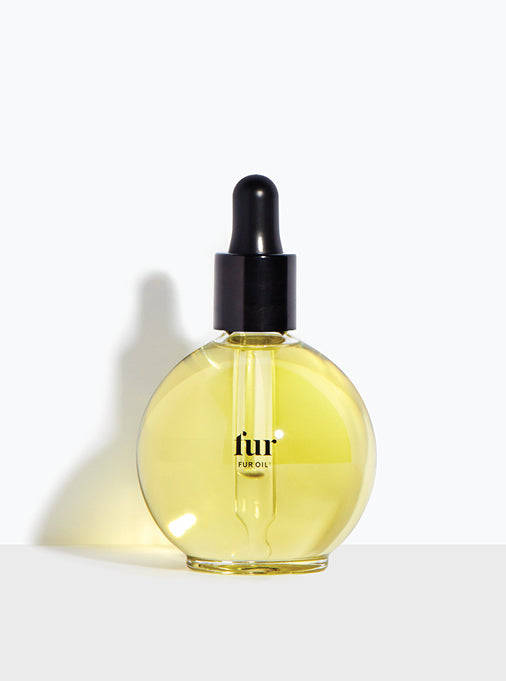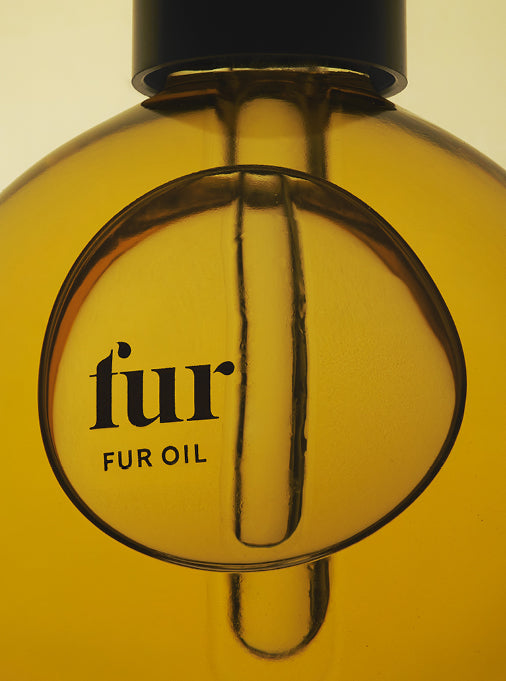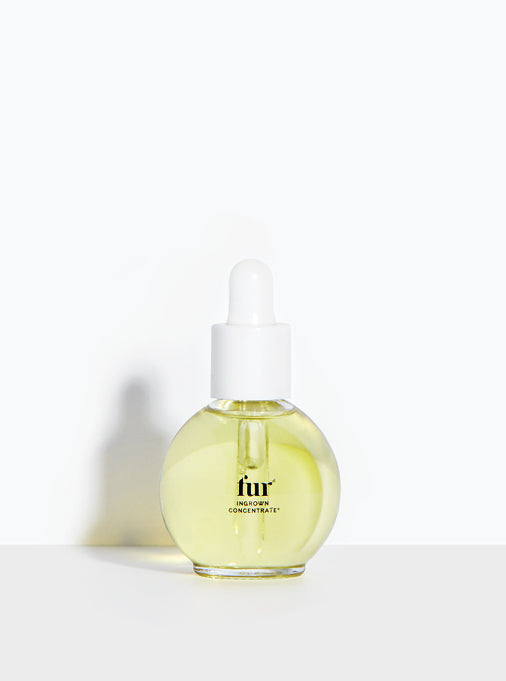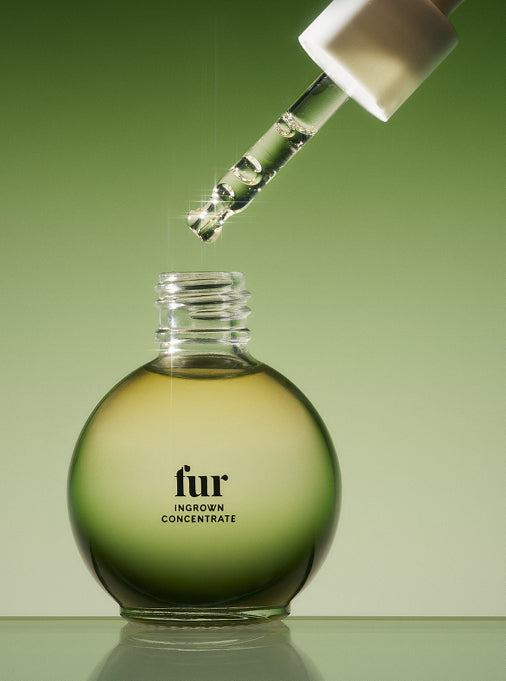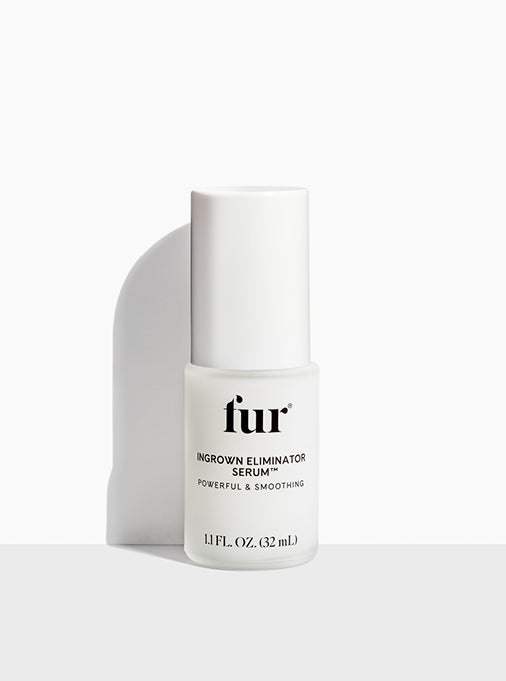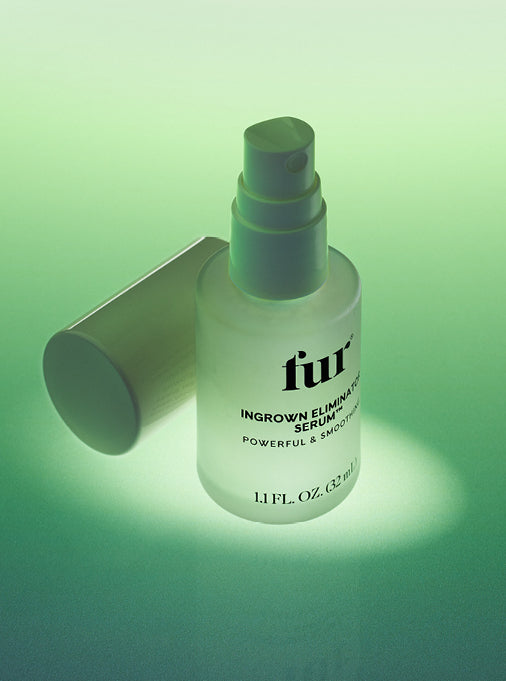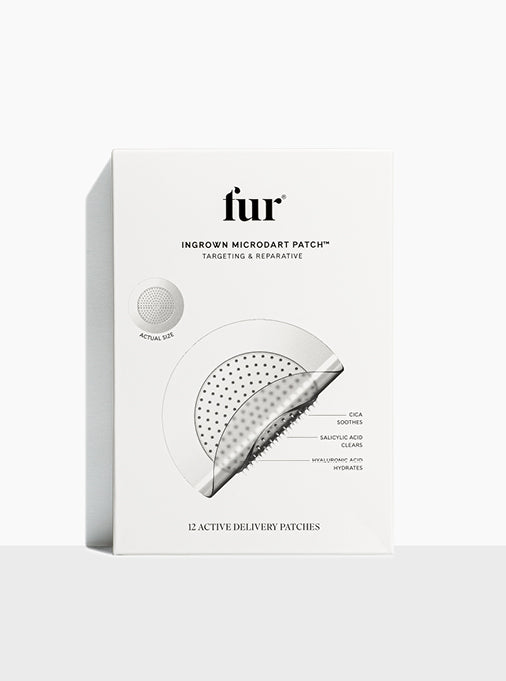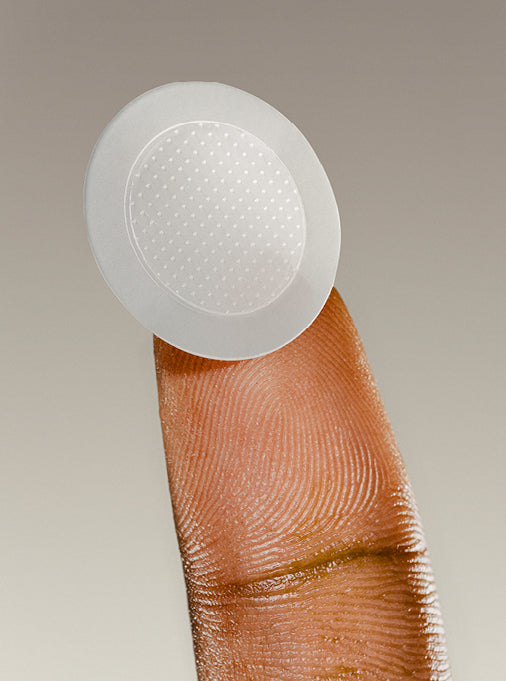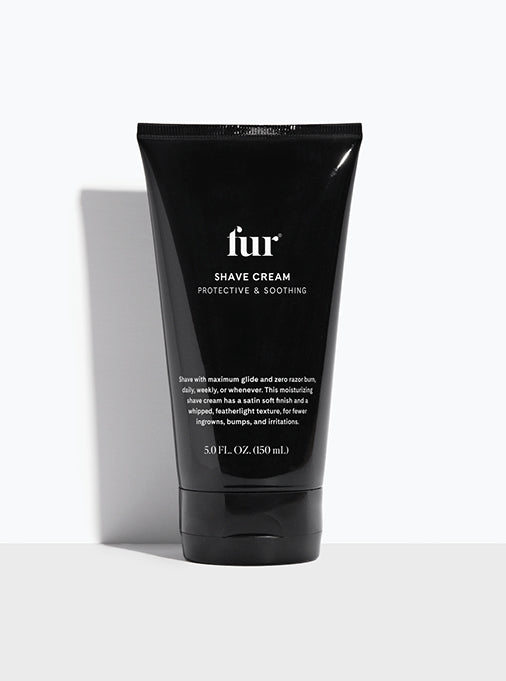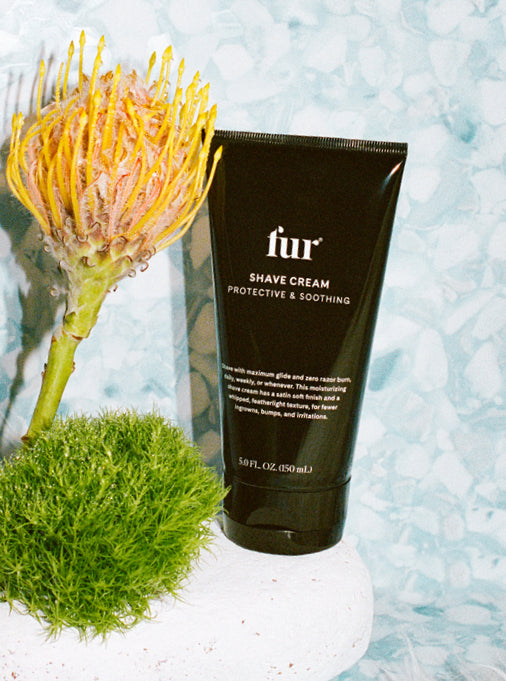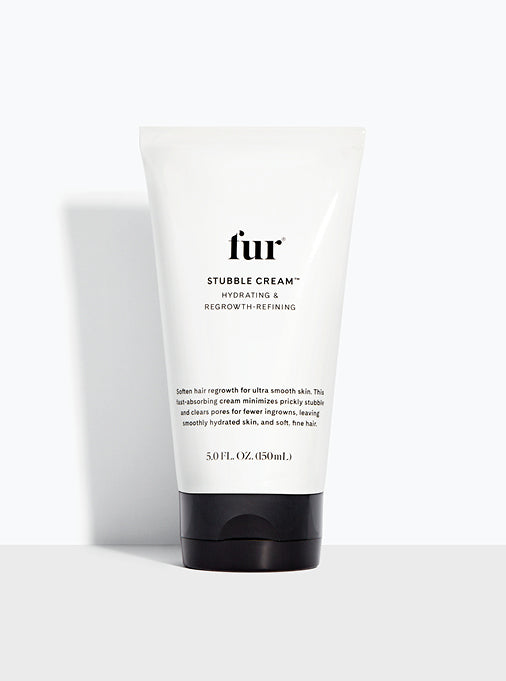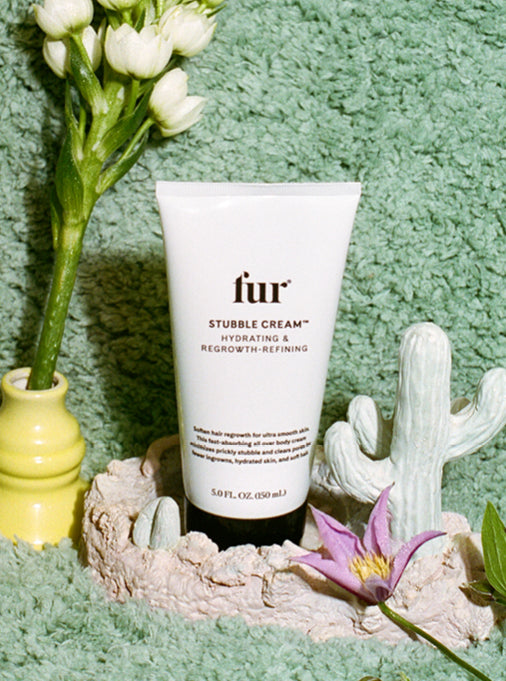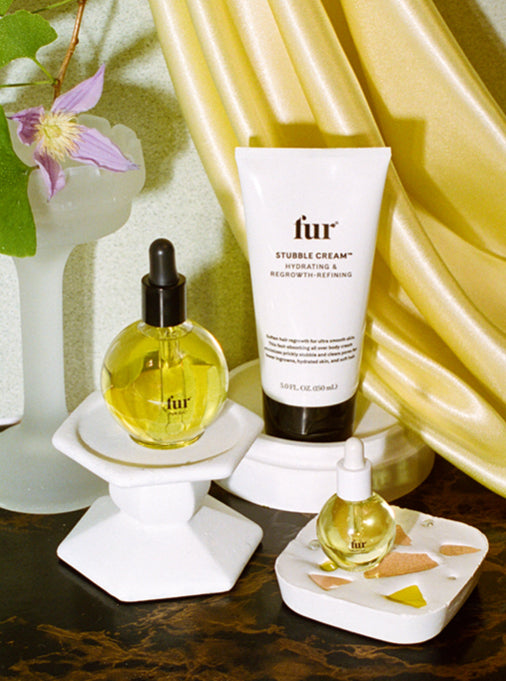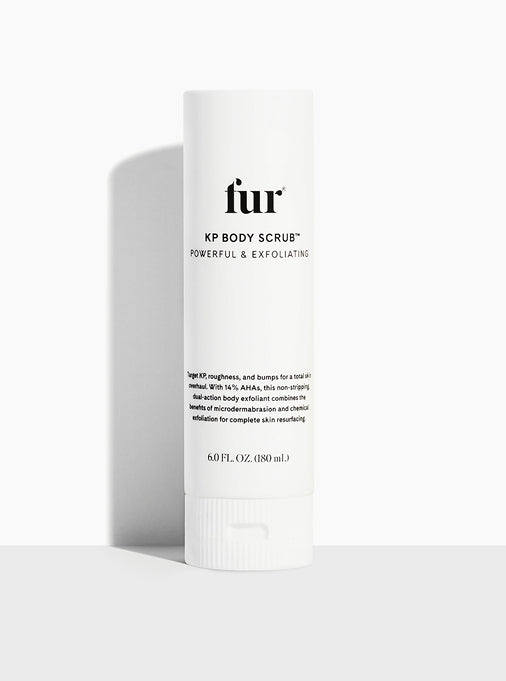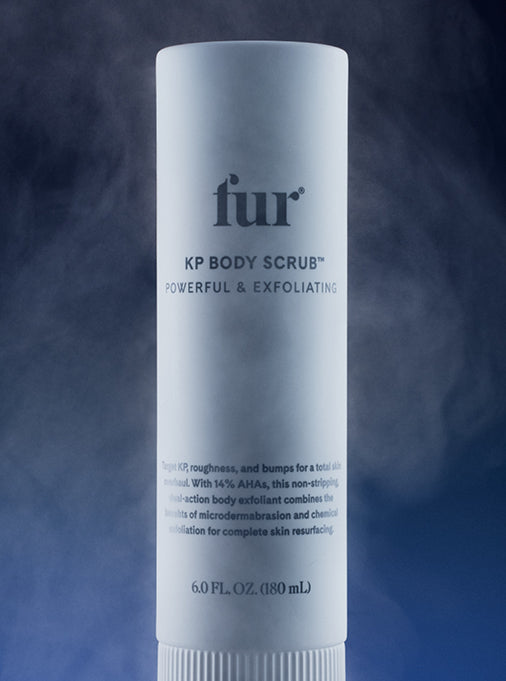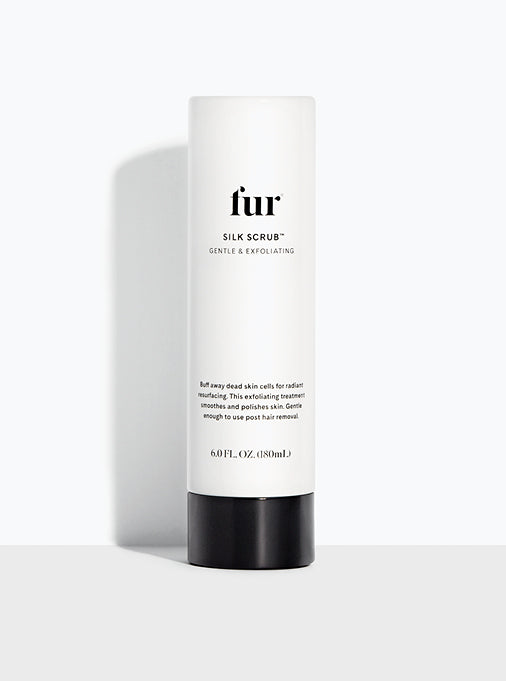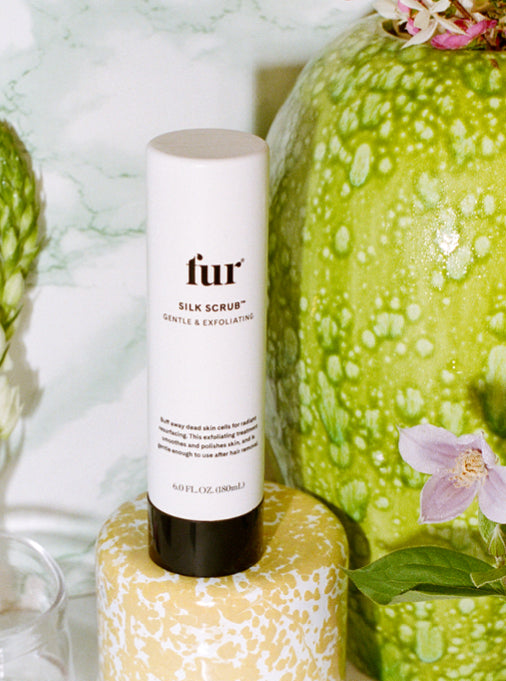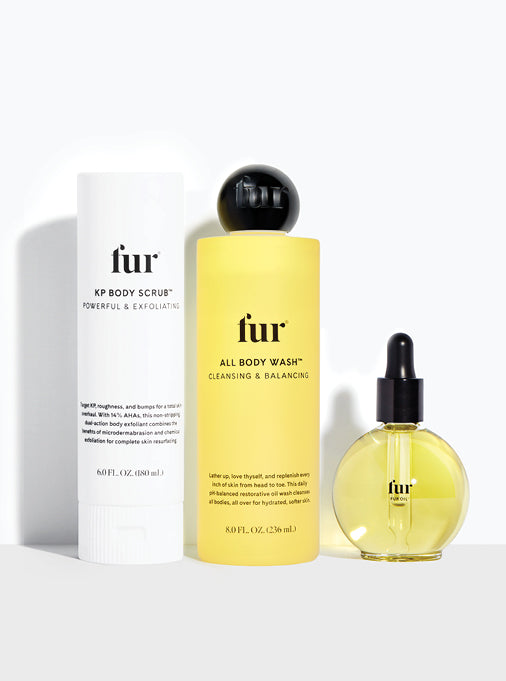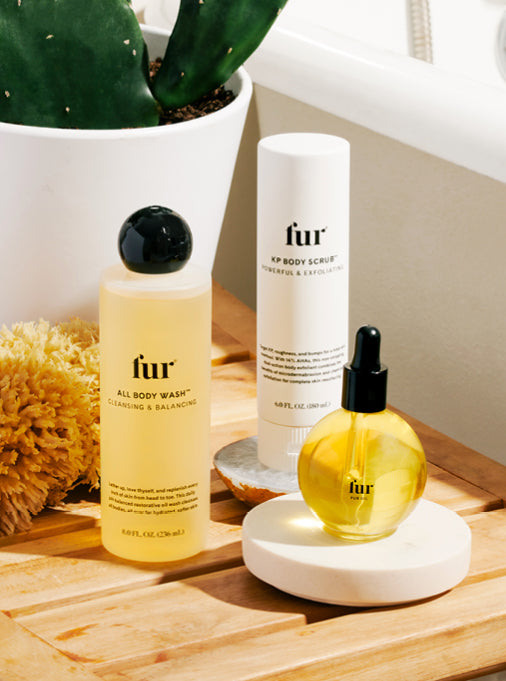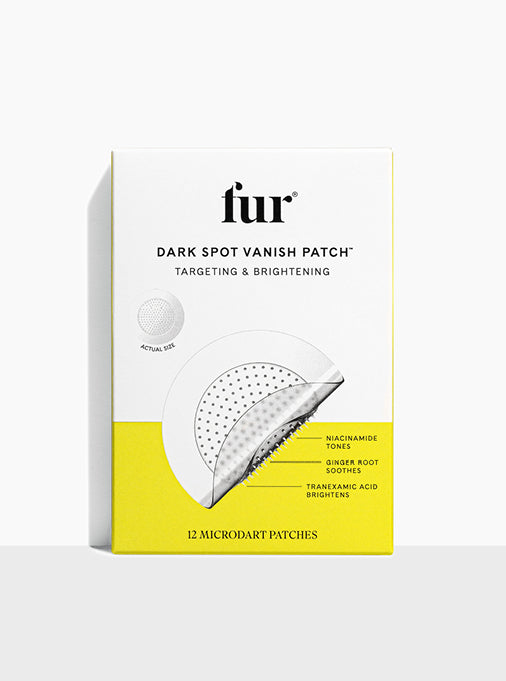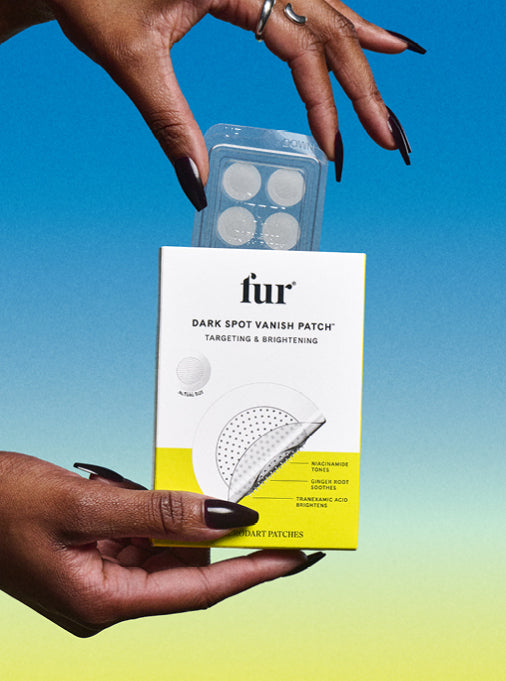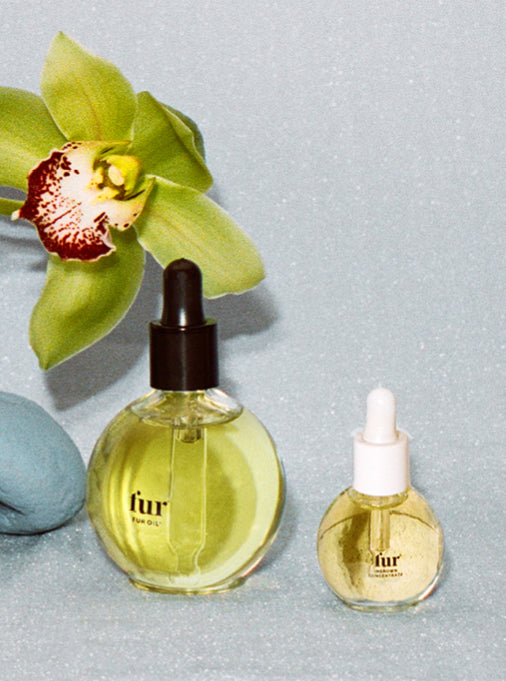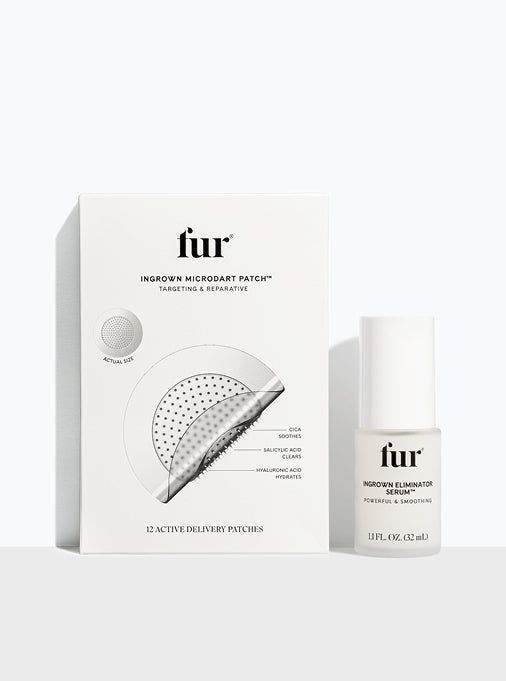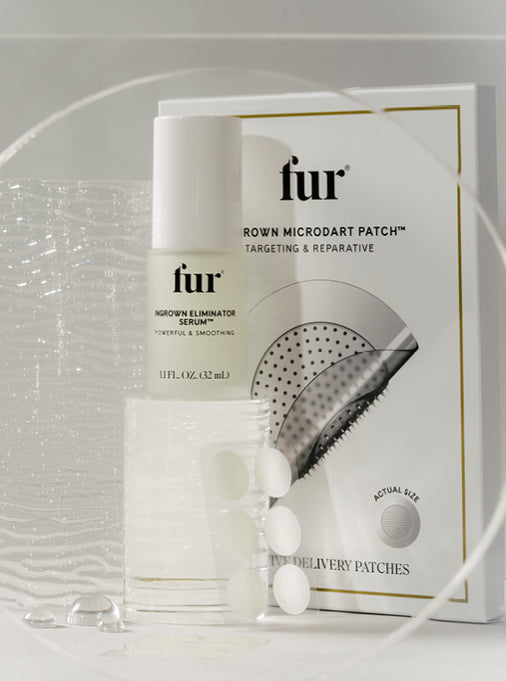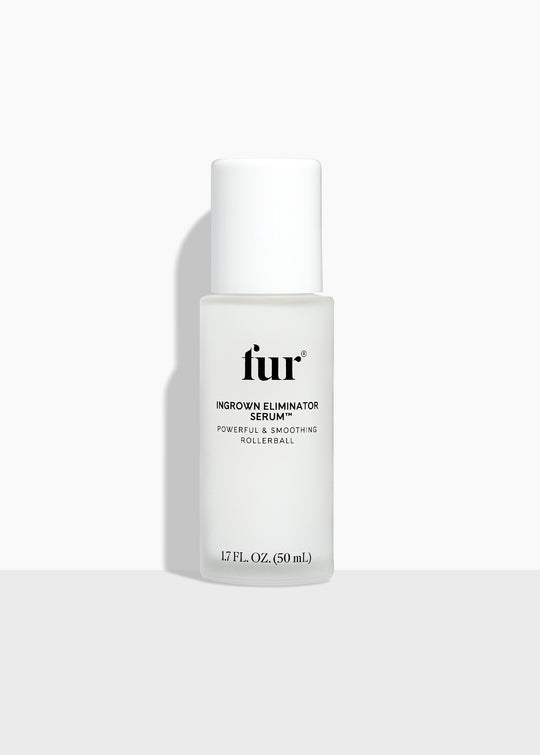
Few things in life are certain—but getting ingrowns is one of them. No matter how you groom, or what your hair and skin types are, ingrowns are bound to crop up every now and again. Even if you have the best aftercare routine in the world, ingrowns still feel a little outside our control. And no matter how many times estheticians tell us not to, it feels impossible to fight the urge to pick when ingrowns pop up.
Fortunately for you, we’re ingrown-obsessed here at Fur so you don’t have to be. In this ingrown survival guide, we rounded up the three main types of ingrowns to look out for, how to treat them when they appear in ways that don’t involve hacking up your skin with tweezers, and best of all, how to ingrown-proof your skin so you can worry less about future flare ups.
The Classic Ingrown
What It Is
The most common of the three types, this ingrown is just a hair that can’t break through to the surface of the skin. It will either grow parallel to the surface of the skin, or grow in circles resembling a cyclone shape.
How To Treat It
With all three types of ingrowns, the best way to treat them is through the right combination of exfoliation and hydration. Too little exfoliation and your pores will start to clog up with buildup; too much exfoliation and you risk stripping your skin’s natural moisture barrier. No matter your skin type, you can’t go wrong with Ingrown Concentrate. Use its accompanying dual-sided Finger Mitt in the shower to gently exfoliate the ingrown, then apply a few drops of Ingrown Concentrate onto towel dried skin. Its formula combines soothing, nourishing ingredients like tamanu nut oil and coconut oil with gentle astringents like tea tree oil, to help the ingrown slide right out without leaving a trace.
How To Prevent It
If you only get the occasional ingrown, Fur Oil is the easiest way to prevent them. Its blend of oils condition hair so it’s less coarse and prone to breakage, as well as lightly tone the skin to make sure your pores are clear and able to let the hair grow in. Additionally, continue using Ingrown Concentrate’s Finger Mitt to exfoliate 2-3 times per week. For deeper exfoliation, consider Silk Scrub: our exfoliator that utilizes jojoba beads to lightly buff the surface of the skin, and 10% AHAs to clarify pores.
The Friction-Based Ingrown
What It Is
In this instance, the hair emerges on the surface, then changes its mind and grows back into the skin. Typically caused by excessive friction, like from underwear lines or tight pants, the hair is pushed back towards the skin, leading it to grow in the wrong direction.
How To Treat It
Once again, go in with your Finger Mitt to lightly buff the ingrown—if it’s not too deeply grown back in, this could be all you need to set it free. If it’s deeper beneath the surface, go in with a few drops of Ingrown Concentrate. The coconut oil helps loosen up the ingrown hair, allowing it to slide back out.
How To Prevent It
If you get these types of ingrowns typically after removing your hair, consider looser pants or seamless undies in the few days immediately following. Dry skin can also worsen friction; to keep your skin quenched and hydrated, try incorporating a dose of Stubble Cream into your skin care regimen. It contains olive extract, as well as tea tree oil, to both nourish your skin as well as lightly tone it.
The Cystic Ingrown
What It Is
Trapped deep below the surface of the skin, the ingrown hair has nowhere to grow, leading to inflammation, swelling, and in some cases, a white bump resembling common whitehead acne. It’s so deep under the surface of the skin that attempting to tweeze or pop will only lead to hair breakage, scabbing, and in some cases, scarring.
How To Treat It
You’re going to want to pick or pop this one—don’t. Because the ingrown is so deep, the reparative process is most effective when it begins from the inside out. Our newest ingrown innovation, Ingrown Microdart Patch, both prevents you from picking, as well as delivering a powerfully clarifying formula deep to the root of the ingrown. Pop one onto your ingrown, and wait six hours. The hands-off approach stops you from obsessing, and lets the patch get to work.
How To Prevent It
Making sure your pores are clear of dead skin buildup and excess sebum gives your hair follicles a clear path to grow up and out of. Exfoliation 2-3 times a week with a great exfoliator is key: while our KP Body Scrub was designed to specifically target keratosis pilaris, its high percentage of AHAs and rougher, more intense physical exfoliation also helps keep the surface of your skin smooth and your pores clarified from the inside out.
If you are truly cystic ingrown-prone, it could also help to incorporate a daily toner. Our strongest ingrown formula Ingrown Eliminator Serum uses lactic acid and willowbark extract to loosen up buildup in your pores so your hair can grow back in without obstacles.
